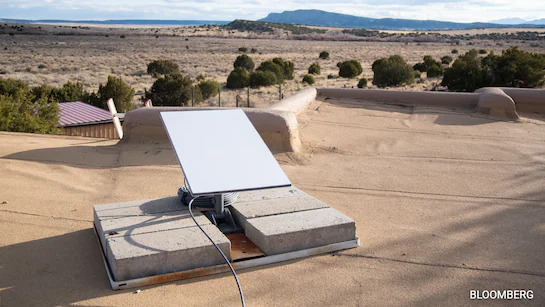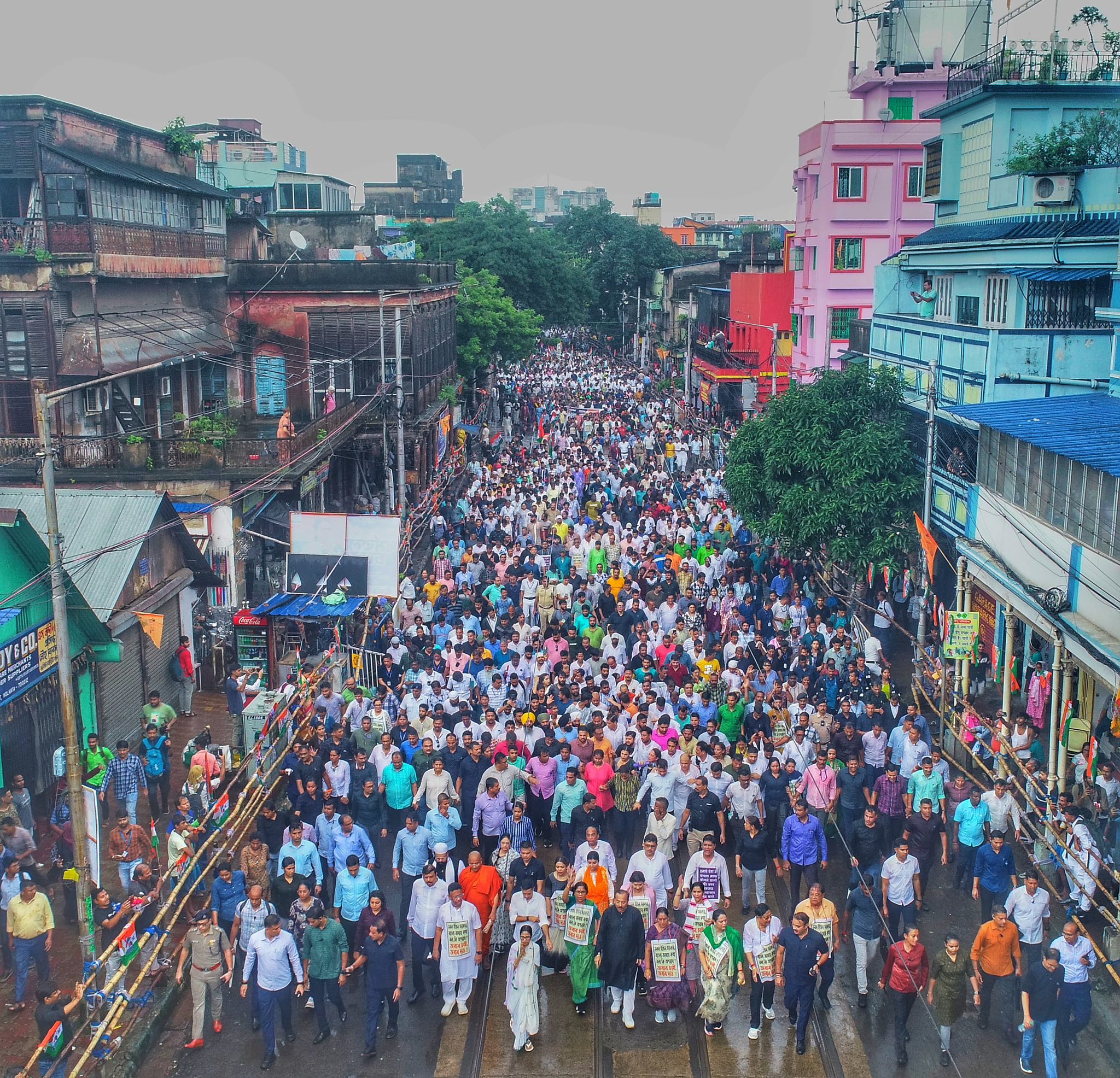Elon Musk’s Starlink Gets Green Light in India: What to Expect
In a major boost to India’s internet infrastructure, Elon Musk’s satellite internet venture, Starlink, has officially received approval to operate in the country. This move is expected to revolutionize broadband access, especially in rural and remote areas where traditional connectivity remains weak or non-existent. With a phased rollout planned and pricing strategies tailored for Indian users, Starlink could become a game-changer in the digital connectivity space.
What Is Starlink and Why It Matters to India
Starlink, a project under SpaceX, aims to provide high-speed satellite internet across the globe using a constellation of low Earth orbit (LEO) satellites. After months of regulatory hurdles, the Indian government has officially cleared Starlink’s entry, paving the way for satellite broadband services that can reach even the most underserved parts of the country.
According to sources, the approval includes necessary licenses from both the Department of Telecommunications (DoT) and the Indian National Space Promotion and Authorization Center (IN-SPACe).
This development is particularly significant for India, where around 25,000 villages still lack reliable internet access. Starlink’s ability to offer up to 100 Mbps download speeds in low-connectivity zones could transform sectors like education, healthcare, agriculture, and e-commerce.
Starlink India Plans, Pricing & Rollout Timeline
As per early reports, Starlink’s pricing in India is expected to be competitive but higher than traditional broadband providers due to satellite technology overheads. Here’s a breakdown of the expected plans and rollout schedule:
📦 Expected Plans & Prices:
- Basic Plan: ₹2,500/month
~ Speeds: 50-100 Mbps
~ Latency: 20–40 ms - Premium Plan: ₹7,500/month
~ Speeds: 150–200 Mbps
~ Ideal for business and institutional use
🛰 Equipment Costs:
- Starlink Kit (Includes Dish, Router & Cables): ₹50,000–₹60,000 (one-time)
- Installation: Free for early adopters
📅 Rollout Schedule:
- 2025 Q4: Launch in pilot zones including Ladakh, Northeast India, and remote Himalayan regions
- 2026: Gradual expansion to tier 2 and 3 cities
- 2027: Targeted availability across all Indian states

Will Starlink Compete with JioFiber and Airtel Xstream?
While JioFiber and Airtel Xstream dominate urban broadband markets, Starlink targets a different user base—those who lack access to fiber networks altogether. This includes remote schools, government offices, NGOs, and farmers relying on IoT for precision agriculture.
However, affordability could pose a challenge. The initial equipment cost might limit adoption unless government subsidies or public-private partnerships are introduced to support deployment.
Despite this, experts say that Starlink’s plug-and-play model, portability, and independence from ground infrastructure make it a vital solution for natural disaster-prone or hard-to-reach zones.
India’s Strategic Boost in Space-Based Internet
The Starlink approval aligns with India’s growing interest in space-based internet. It also opens doors for competition with companies like OneWeb (backed by Bharti Airtel) and Amazon’s Project Kuiper, which are eyeing similar market segments.
The Indian government has emphasized the importance of digital sovereignty and internet for all, and partnerships with private players like Starlink could help fast-track that mission.
Conclusion: A Bold Leap for India’s Digital Future
With the green signal to operate in India, Starlink is set to usher in a new era of internet connectivity, bridging the urban-rural digital divide. While pricing and infrastructure pose early challenges, the long-term benefits—education access, rural development, disaster communication, and tech growth—are undeniable.
If successfully deployed, Starlink could become the cornerstone of India’s mission to empower its last-mile population with reliable, fast, and uninterrupted internet access.
📣 Have your say!
Are you excited about Starlink’s arrival in India? Comment below or share this article with someone living in a low-connectivity area who could benefit from this technology.









